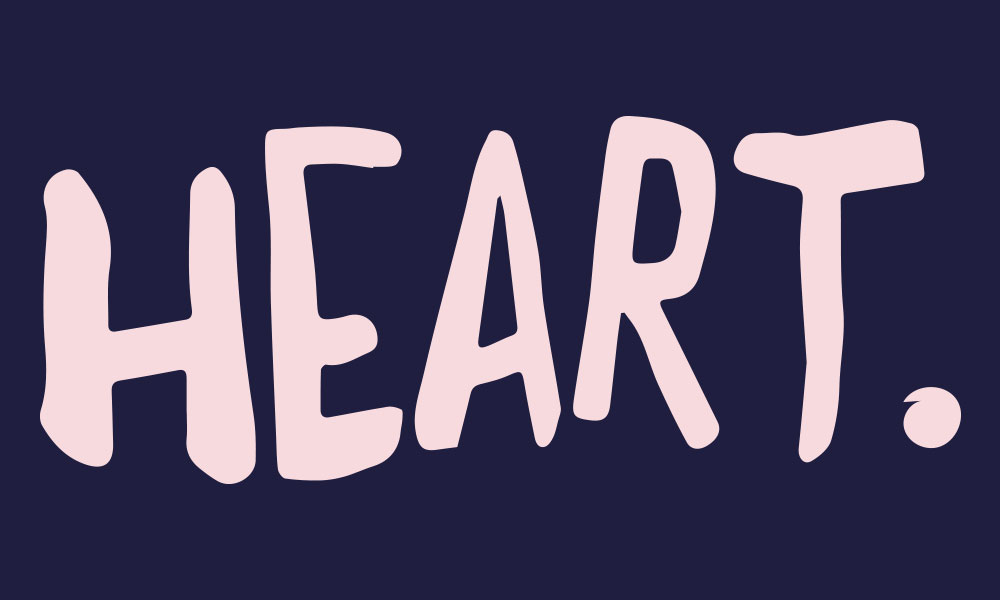Why focus on young people?
Young people experience the highest rates of domestic abuse of any age group (Safelives data)
Safelives data shows that young people, including those below 16, can experience all forms of domestic abuse and the likelihood of experiencing high severity abuse is no different to adults. Indeed, the data suggests the levels of high severity abuse may be highest for the youngest age group.
SafeLives Children’s Insights data found that nearly all (95%) of young people experiencing intimate partner violence were female, and that the majority of those perpetrating the abuse were male (94%). This may reflect the gender asymmetry at the most severe end of abuse; the NSPCC study found that girls were three times as likely as boys to report repeated severe physical violence. However, this could also suggest that boys who experience intimate partner abuse are less visible to services.
Safelives data suggests that 49% of boys and 33% of girls aged 13 – 14 thought that hitting a partner would be ‘okay’ in at least one of twelve scenarios they were presented with.
The Department for Education found that 64% of girls aged 13 – 17 have experienced sexual violence and abuse in school, 37% of girls have experienced sexual harassment at school, girls are significantly more likely to be pressured into sharing nude images of themselves and 41% of girls in school said that they have been victimised with unwanted sexual messages and images from their peers.
Gender socialisation also affects young men negatively with suicide being the biggest killer of young men although there are significantly more young women with a diagnosis of anxiety and depression. Throughout our time of delivering the Respect 100 programme we have had numerous disclosures from young men who have experienced significant and traumatic events in their lives, but they have felt or have been discouraged to access support or express their true emotions regarding these events.
More than 4000 young men chose to end their lives in 2017. Young men are also twice as likely as young women to meet the criteria of alcohol and drug dependency.
Young people who are victims of teenage relationship abuse are twice as likely as adults to self-harm. 61% of young people known to be perpetrators of intimate partner violence and abuse are also violent and abusive to their mothers and family.

